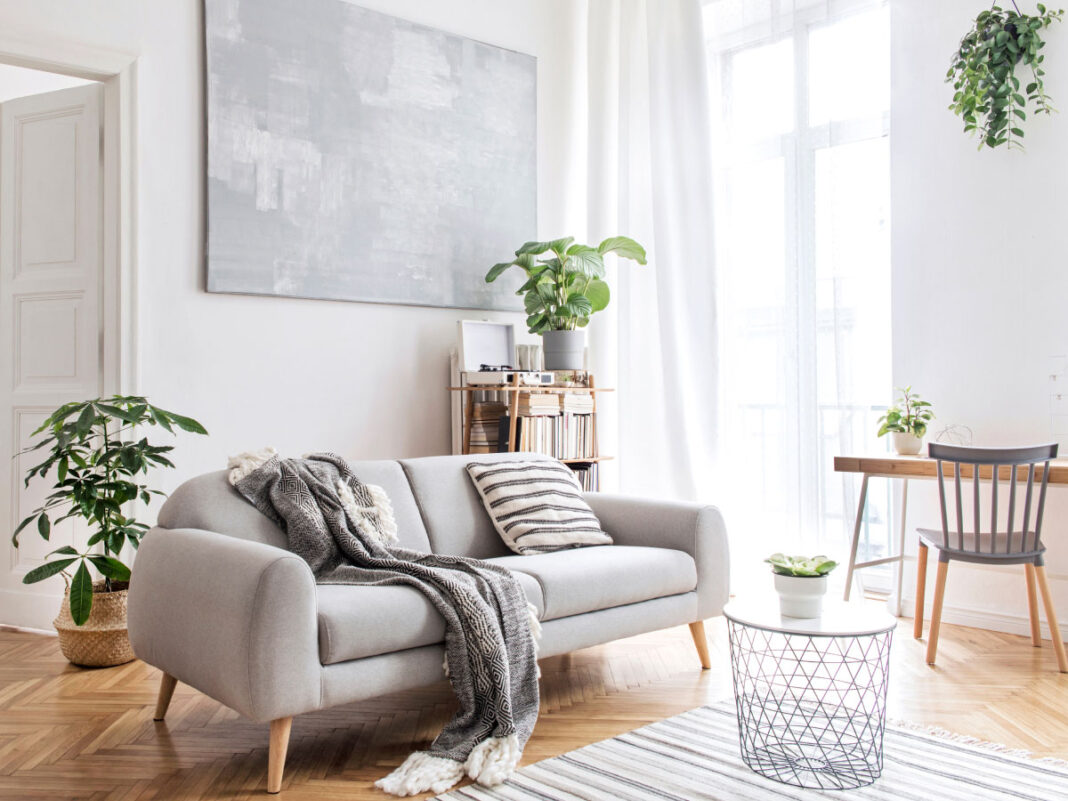In recent years, American homes have quietly been transformed by the subtle yet profound influence of Scandinavian living. From minimalist designs to cozy interiors that emphasize comfort and functionality, the essence of Nordic culture has seeped into the fabric of American domestic life.
Embracing Minimalism and Functionality
American homeowners are increasingly drawn to the simplicity and functionality that Scandinavian design offers. This design philosophy prioritizes clean lines, uncluttered spaces, and practical furniture that serves multiple purposes. The shift towards minimalism is not just an aesthetic choice but a lifestyle change that promotes a more intentional and meaningful way of living.
Scandinavian furniture, characterized by its minimalist design and simple lines, has found a natural fit in American homes. Pieces like low-profile sofas, light wood coffee tables, and modular shelving not only enhance the visual appeal of a space but also add to its functionality. Every item is thoughtfully selected to ensure it contributes to the overall harmony of the home.
The Hygge Effect: Seeking Coziness in Turbulent Times
Following events like the 2016 U.S. election, many people in the country began to seek solace in the comforting embrace of the Scandinavian concept of hygge, which revolves around creating a warm atmosphere and enjoying good things with good people. This trend reflects a desire to find happiness and clarity through lifestyle changes, particularly during periods of uncertainty and upheaval.
While hygge and similar concepts like lagom and koselig have become commercialized, they originate from a culture deeply rooted in economic equality, gender equality, free education, and healthcare. These societal structures contribute significantly to the well-being and happiness of Scandinavian societies, suggesting that true contentment may require more than just superficial lifestyle changes.
Natural Materials and Sustainability
A cornerstone of Scandinavian design is the use of natural and sustainable materials. American homeowners are increasingly incorporating light woods like pine, oak, and birch, as well as soft textiles such as wool and linen, into their interiors. These materials add warmth and beauty to living spaces, promoting a connection with nature and a commitment to ecological responsibility.
Additionally, the use of neutral color palettes, including whites, greys, and muted pastels, creates a soothing atmosphere that enhances the sense of tranquility and spaciousness in the home. These colors serve as a backdrop for layering textures and incorporating cozy elements like woven baskets, wool throws, and rattan chairs.
Adapting to Various American Architectural Styles
One of the reasons Scandinavian design has been so successful in the United States is its versatility. It adapts to a wide range of American architectural styles, from coastal cottages and mid-century ranches to urban lofts and classic Victorian homes.
For instance, in Cape Cod homes, the use of neutral tones and coastal-inspired textures enhances the breezy interiors. In urban environments like Brooklyn, the industrial-modern look of Scandinavian design complements historic architecture, blending exposed beams and high ceilings with stylish urban interiors.
Enhancing Natural Light and Open Spaces
Scandinavian homes are renowned for their emphasis on natural light. American homeowners are incorporating large windows and open floor plans to create bright, airy interiors that maximize the influx of natural light. This design choice not only enhances the a space’s aesthetic appeal but also has a positive impact on mood and well-being.
In cities with less sunlight, such as Seattle, this focus on natural light brings brightness to otherwise gray climates, making interiors feel more inviting and uplifting. Similarly, in sunny regions like Palm Springs, the integration of indoor-outdoor living spaces aligns with the Scandinavian appreciation for nature and light.
Furniture That Blends Style with Practicality
Scandinavian furniture is celebrated for its ability to merge style with functionality. Pieces are designed with practicality in mind, ensuring that each item serves a purpose while also contributing to the overall aesthetic of the home. This approach resonates with American homeowners who value both form and function in their living spaces.
The use of modular furniture, for example, allows for flexibility in open-plan homes, defining zones without disrupting sightlines and maintaining a sense of fluidity. Similarly, functional storage solutions like floating shelves and minimal cabinetry help keep spaces organized and clutter-free.
The Timelessness of Scandinavian Design
One of the enduring qualities of Scandinavian design is its timelessness. Rooted in principles of simplicity, durability, and functionality, it remains relevant across different eras and trends. This timeless appeal means that homeowners can invest in pieces that will remain stylish and functional for years to come.
Scandinavian design also encourages the integration of personal and emotional elements into the home. The concept of hygge emphasizes the importance of creating a space that feels safe and familiar, filled with items that have personal significance rather than purely decorative objects.
Sustainability at the Forefront
As environmental consciousness grows, the sustainability inherent in Scandinavian design becomes increasingly appealing. The use of eco-friendly materials, a focus on quality craftsmanship, and an emphasis on longevity over disposability align with a more sustainable and responsible approach to living.
Companies like The Modern Dane are championing this approach by offering products like organic linen bedding made from European flax. These products reflect nature-inspired aesthetics and are designed to foster a sense of calm and homeliness, with durability that ensures they last across generations.
Conclusion
The quiet influence of Scandinavian living on American homes reflects a broader cultural shift towards simplicity, functionality, and a deeper connection with nature. By embracing these principles, American homeowners are creating spaces that are aesthetically pleasing and enhance quality of life.
As we continue to seek balance and meaning in life, the allure of Scandinavian design—with its emphasis on well-being, sustainability, and timeless beauty—remains a guiding light for many looking to redefine their living spaces.
